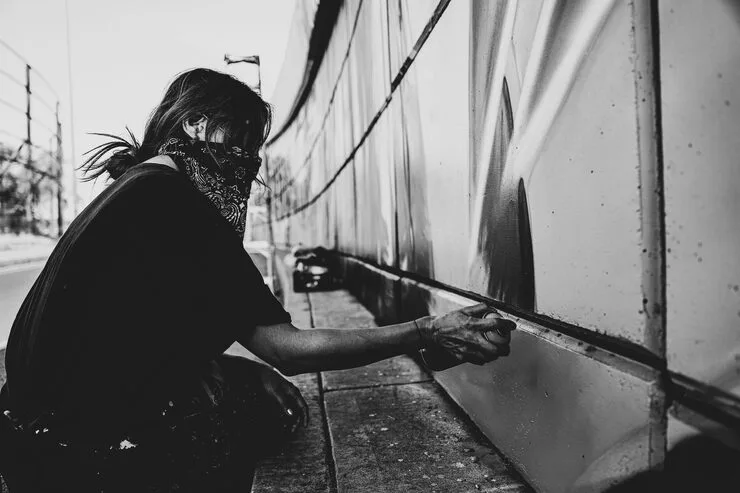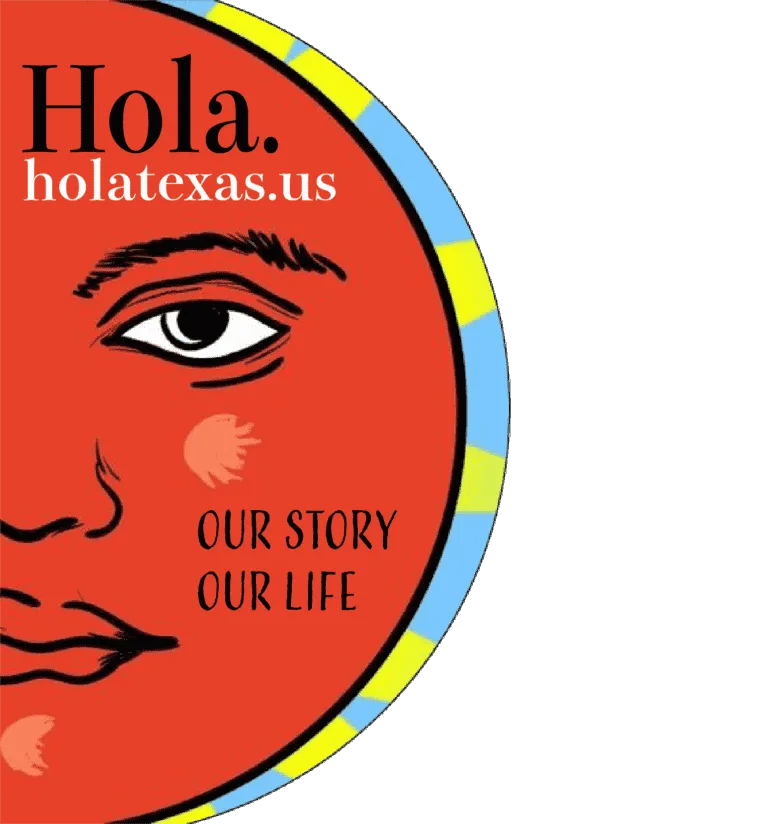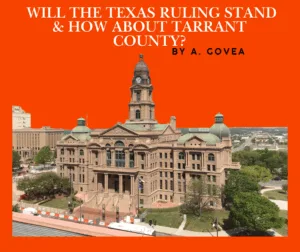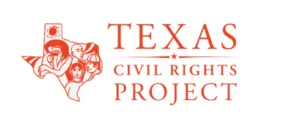By David Pham
Jul 19, 2025
Video By PBS SoCal

📸 Shaping a Narrative of Resistance
In East Los Angeles during the late 1960s and ’70s, a group of young Chicano activists turned writing, photography, and art into tools for resistance. Their platform: La Raza, a bilingual newspaper-turned-magazine that became one of the Chicano Movement’s most vital media voices. Through its pages, they documented daily life, injustice, and protest—crafting a visual and narrative language that gave power to their communities and visibility to their struggles.
⛪ Humble Beginnings
Launched in 1967 from the basement of the Church of the Epiphany in Lincoln Heights, La Raza was the unlikely creation of a white priest, a Cuban refugee, and a young Stanford graduate. What began as a grassroots organizing project quickly evolved into a powerful outlet for political expression, youth activism, and cultural identity.
🛠️ The Builders Behind the Movement
Eliezer Risco brought lessons from organizing with Cesar Chavez and El Malcriado, the United Farm Workers’ newspaper. Ruth Robinson, the logistical backbone of La Raza, built the darkroom, ran the press, and trained the next generation of Chicano writers—among them Anna Nieto Gomez, who would become a pioneering Chicana feminist.
🎓 Speaking to the Youth
The magazine tackled urgent issues—racism, poverty, education, and the Vietnam War—especially the disproportionate drafting of Latino youth. La Raza spoke directly to high school students, linking their lived experience to broader political systems. In doing so, the publication not only reported on the movement—it became part of it.
📚 Legacy in Print
Over its ten-year run, La Raza trained writers, photographers, and organizers. Today, its vast archive is housed at UCLA, preserving a generation’s fight for justice—and the powerful, creative voice they built to demand it.






